
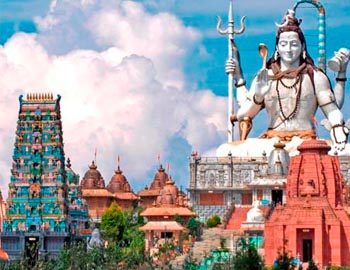
Ancient India is full of marvel and every time we turn the pages of it, we stumble upon something fascinating. Today we will study the Indian Temples on coins and revise the evolution of temple architecture! Numismatics has discovered various historical facts about Indian history. Every tiny piece of coin reveals the different story behind it. Coin collecting is a fascinating hobby, but what attracts you the most when you see a coin?
Continue reading Indian Temple Architecture through Numismatic evidence: Temples on Coins
The Mintage World Team comprises of experts, researchers and writers from the field of Philately, Notaphily and Numismatics who try to shed light on some of the most interesting aspects of coins, banknotes and stamps from not just India but across the globe as well.
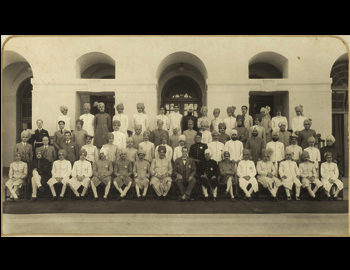
Prior to 1947, hundreds of Princely States existed in India which were not formally ruled by the British, but rather by a local or regional ruler. These vassal states, also called native states, were subject to a subsidiary alliance and the suzerainty or paramountcy of the British Crown. Along with status, size and wealth differences, Princely State coins varied vastly as well. However, not all Princely States issued their own coins. Check out the ones that did:
Continue reading Coins of Indian Princely States – Part I
The Mintage World Team comprises of experts, researchers and writers from the field of Philately, Notaphily and Numismatics who try to shed light on some of the most interesting aspects of coins, banknotes and stamps from not just India but across the globe as well.

Elephants play a very important role in many cultures and traditions. But we do not have to go deep into the “cultural” and “religious” significance of these majestic animals to understand why they are such a hit with the public! Just type ‘elephant’ in your Google search and you will find so many adorable videos and images of elephants. Right from the “Manny” of Ice Age (although Manny is a mammoth) to “Snorky” of the Banana Splits Club, our cartoons, movies and Facebook walls are full of cute elephants. Today we find elephants all over the social media, but in the ancient and the medieval times, they adorned various paintings, sculptures and coins! Let’s continue our journey of exploring elephants on Indian coins.
Continue reading Elephants on Indian coins: An overview and history – Part II
The Mintage World Team comprises of experts, researchers and writers from the field of Philately, Notaphily and Numismatics who try to shed light on some of the most interesting aspects of coins, banknotes and stamps from not just India but across the globe as well.
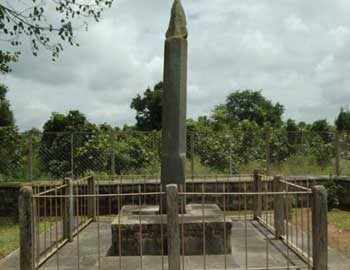
Banavasi is a tiny town on the border of north Karnataka and Shimoga districts. It is mentioned in inscriptions and literature as Vanavasa, Vanavasaka, Vanavasi, Banavase, and Banavasi. It is stated in Mahavamsa that Asoka’s emissary Buddha Rakshita was deputed to Vanavasi. Banavasi has grown around the Madhukeshwara temple built in the 9th century, dedicated to Lord Shiva. It also appears to have been the southern headquarters of the Satavahanas. The town was the capital of the Chutus and the Kadamba rulers.
Continue reading Coins of the Kadambas of Banavasi
The Mintage World Team comprises of experts, researchers and writers from the field of Philately, Notaphily and Numismatics who try to shed light on some of the most interesting aspects of coins, banknotes and stamps from not just India but across the globe as well.
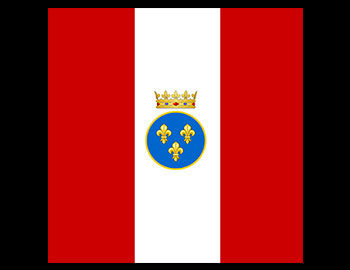
Of the five great European maritime powers of the sixteenth and seventeenth centuries, France was the fourth to enter the race for commercial communication with India. The fifth power, Spain, never attempted the contest, and Portugal, Holland, and England had reaped considerable benefits from their enterprise before the attention of the French people had been sufficiently attracted to the trade. Nevertheless, though the French were the last to enter upon the venture, their natural genius asserted itself in a manner that speedily brought them to a level with the most securely planted of their European rivals by establishing the French East India Company.
Continue reading French East India Company- History and Coinage
The Mintage World Team comprises of experts, researchers and writers from the field of Philately, Notaphily and Numismatics who try to shed light on some of the most interesting aspects of coins, banknotes and stamps from not just India but across the globe as well.

The Lumbini festival is celebrated in the month of December every year in Nagarjunasagar, Andhra Pradesh to commemorate the religion of Buddhism in the state. During the three-day long festival, several vibrant activities are conducted to highlight and promote Buddhism by the Andhra Pradesh Tourism Development Corporation. Thousands of tourists and pilgrims visit the state to witness the beautifully decorated Buddhist temples during this festival.
Continue reading Mintage World Celebrates Lumbini Festival
The Mintage World Team comprises of experts, researchers and writers from the field of Philately, Notaphily and Numismatics who try to shed light on some of the most interesting aspects of coins, banknotes and stamps from not just India but across the globe as well.
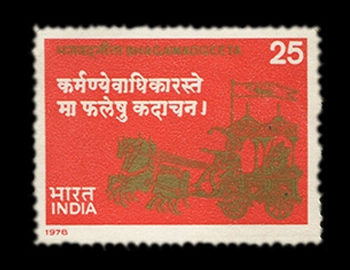
“karmanye evadhikaras te ma phalesu kadachana” – Doing your duty is your dharma and one must do it without expecting any rewards. This is just one of the 700 beautiful shlokas from the Celestial Song of the God – Bhagwat Gita, now imagine how magnanimous this sacred book of Hindus would be in entirety. The Gita helps you develop a deep understanding of life and how it should be ideally lived. Mythological accounts suggest Continue reading Celebrating Gita Jayanti with Coins and Stamps Featuring Shree Krishna
The Mintage World Team comprises of experts, researchers and writers from the field of Philately, Notaphily and Numismatics who try to shed light on some of the most interesting aspects of coins, banknotes and stamps from not just India but across the globe as well.
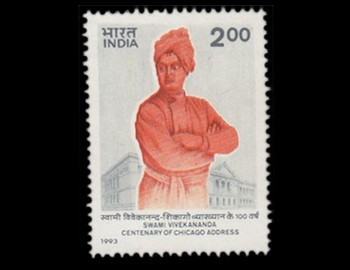
“We must not only tolerate each other, but positively embrace them, and that truth is the basis of all religions”. The tolerance-intolerance issue in India is one of the most controversial topics of recent times. Many renowned scholars and veterans have spoken widely on it justifying their perspective in debates and discussions. There was however, one man who preached universal tolerance 153 years ago, before all the hype. Meet the great monk- Swami Vivekananda.
Continue reading Swami Vivekananda Immortalised on Stamps and Coins
The Mintage World Team comprises of experts, researchers and writers from the field of Philately, Notaphily and Numismatics who try to shed light on some of the most interesting aspects of coins, banknotes and stamps from not just India but across the globe as well.
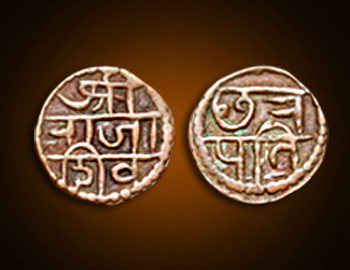
The period of late seventeenth century was an era of muted general discontent amongst the Hindu populace of Deccan. Rampant lawlessness, injustice and displaying of religious intolerance made the people secretly desire a liberator. A liberator finally arose. He promised the people a land to call their own, free of oppression and religious bigotry. A great warrior his name is not unknown to any Indian. History names him as Chhtrapati Shivaji Maharaj.
Continue reading The Legend of Chhatrapati Shivaji Maharaj Through Coins and Stamps
The Mintage World Team comprises of experts, researchers and writers from the field of Philately, Notaphily and Numismatics who try to shed light on some of the most interesting aspects of coins, banknotes and stamps from not just India but across the globe as well.
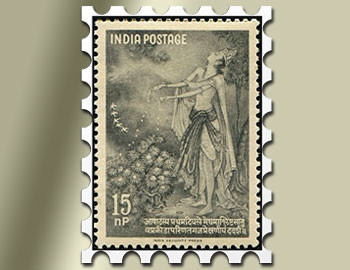
Kalidasa was probably one of the greatest exponents of Indian literature or Sanskrit from ancient India, whose works have earned him respect from all over the world even today. He was an active Sanskrit poet and dramatist in the 5th Century who is credited for six known genuine works namely – dramas Abhijnanashakuntala (“The Recognition of Shakuntala”), Vikramorvashi (“Urvashi Won by Valour”), and Malavikagnimitra (“Malavika and Agnimitra”); poems Raghuvamsha (“Dynasty of Raghu”) and Kumarasambhava (“Birth of the War God”); and the lyric “Meghaduta” (“Cloud Messenger”).
Continue reading Kalidasa – Ancient India’s Wizard of Sanskrit Literature
The Mintage World Team comprises of experts, researchers and writers from the field of Philately, Notaphily and Numismatics who try to shed light on some of the most interesting aspects of coins, banknotes and stamps from not just India but across the globe as well.